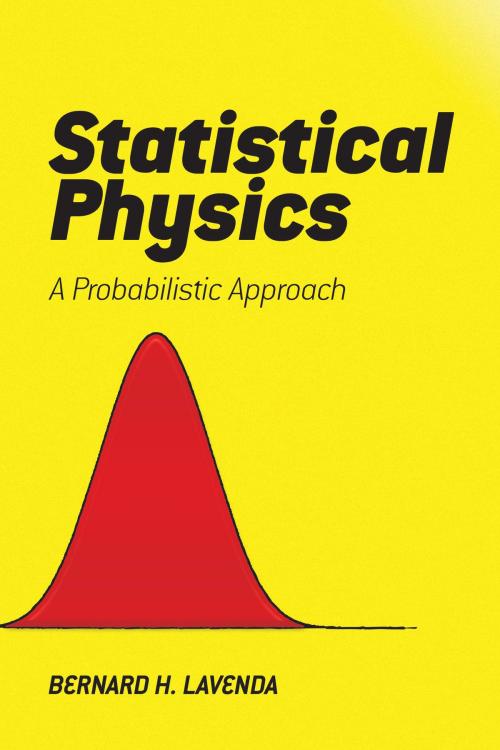Statistical Physics
A Probabilistic Approach
Nonfiction, Science & Nature, Science, Physics, Mathematical Physics| Author: | Bernard H. Lavenda | ISBN: | 9780486815206 |
| Publisher: | Dover Publications | Publication: | August 1, 2016 |
| Imprint: | Dover Publications | Language: | English |
| Author: | Bernard H. Lavenda |
| ISBN: | 9780486815206 |
| Publisher: | Dover Publications |
| Publication: | August 1, 2016 |
| Imprint: | Dover Publications |
| Language: | English |
Suitable for graduate students in chemical physics, statistical physics, and physical chemistry, this text develops an innovative, probabilistic approach to statistical mechanics. The treatment employs Gauss's principle and incorporates Bose-Einstein and Fermi-Dirac statistics to provide a powerful tool for the statistical analysis of physical phenomena.
The treatment begins with an introductory chapter on entropy and probability that covers Boltzmann's principle and thermodynamic probability, among other topics. Succeeding chapters offer a case history of black radiation, examine quantum and classical statistics, and discuss methods of processing information and the origins of the canonical distribution. The text concludes with explorations of statistical equivalence, radiative and material phase transitions, and the kinetic foundations of Gauss's error law. Bibliographic notes complete each chapter.
Suitable for graduate students in chemical physics, statistical physics, and physical chemistry, this text develops an innovative, probabilistic approach to statistical mechanics. The treatment employs Gauss's principle and incorporates Bose-Einstein and Fermi-Dirac statistics to provide a powerful tool for the statistical analysis of physical phenomena.
The treatment begins with an introductory chapter on entropy and probability that covers Boltzmann's principle and thermodynamic probability, among other topics. Succeeding chapters offer a case history of black radiation, examine quantum and classical statistics, and discuss methods of processing information and the origins of the canonical distribution. The text concludes with explorations of statistical equivalence, radiative and material phase transitions, and the kinetic foundations of Gauss's error law. Bibliographic notes complete each chapter.















